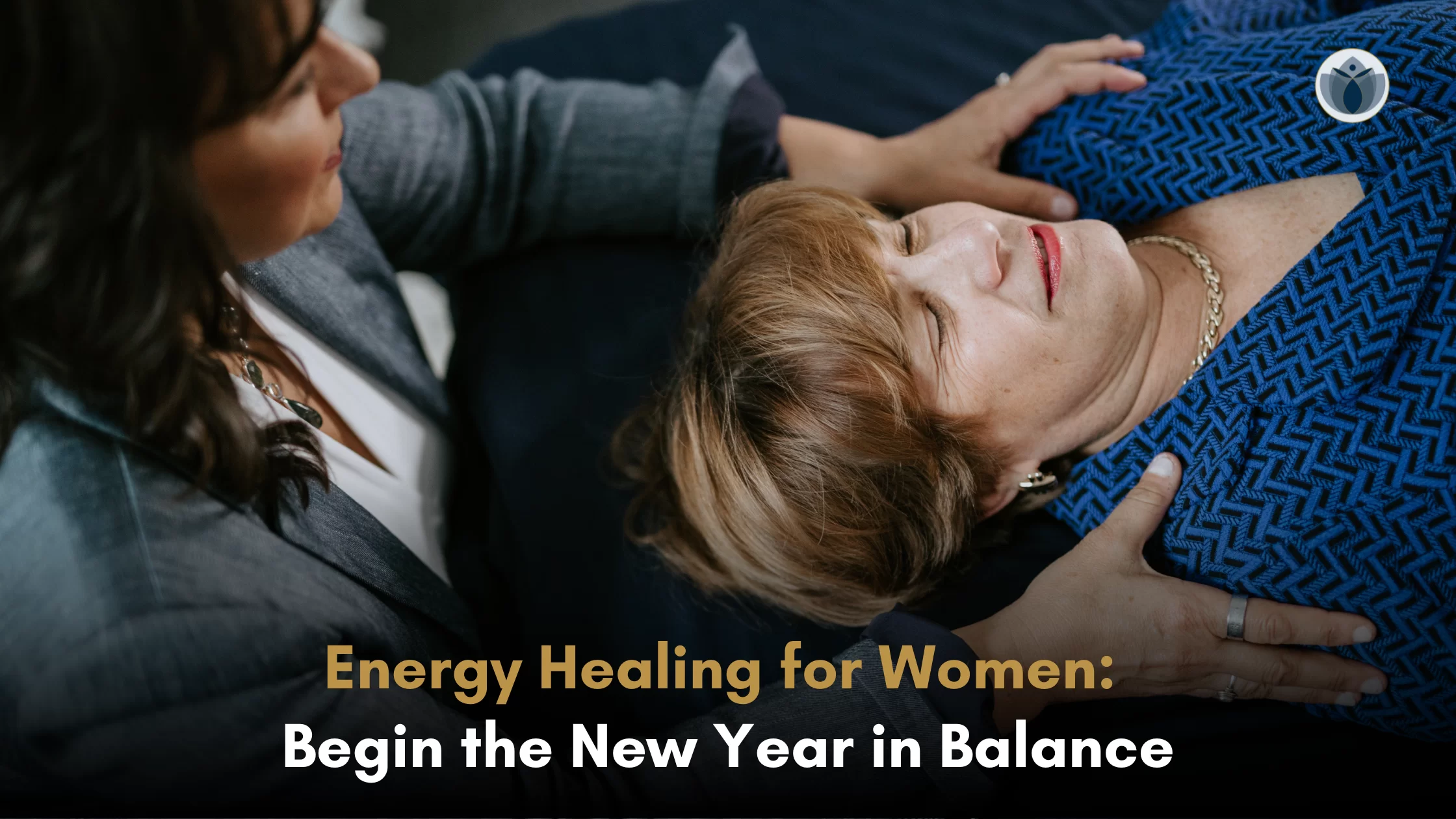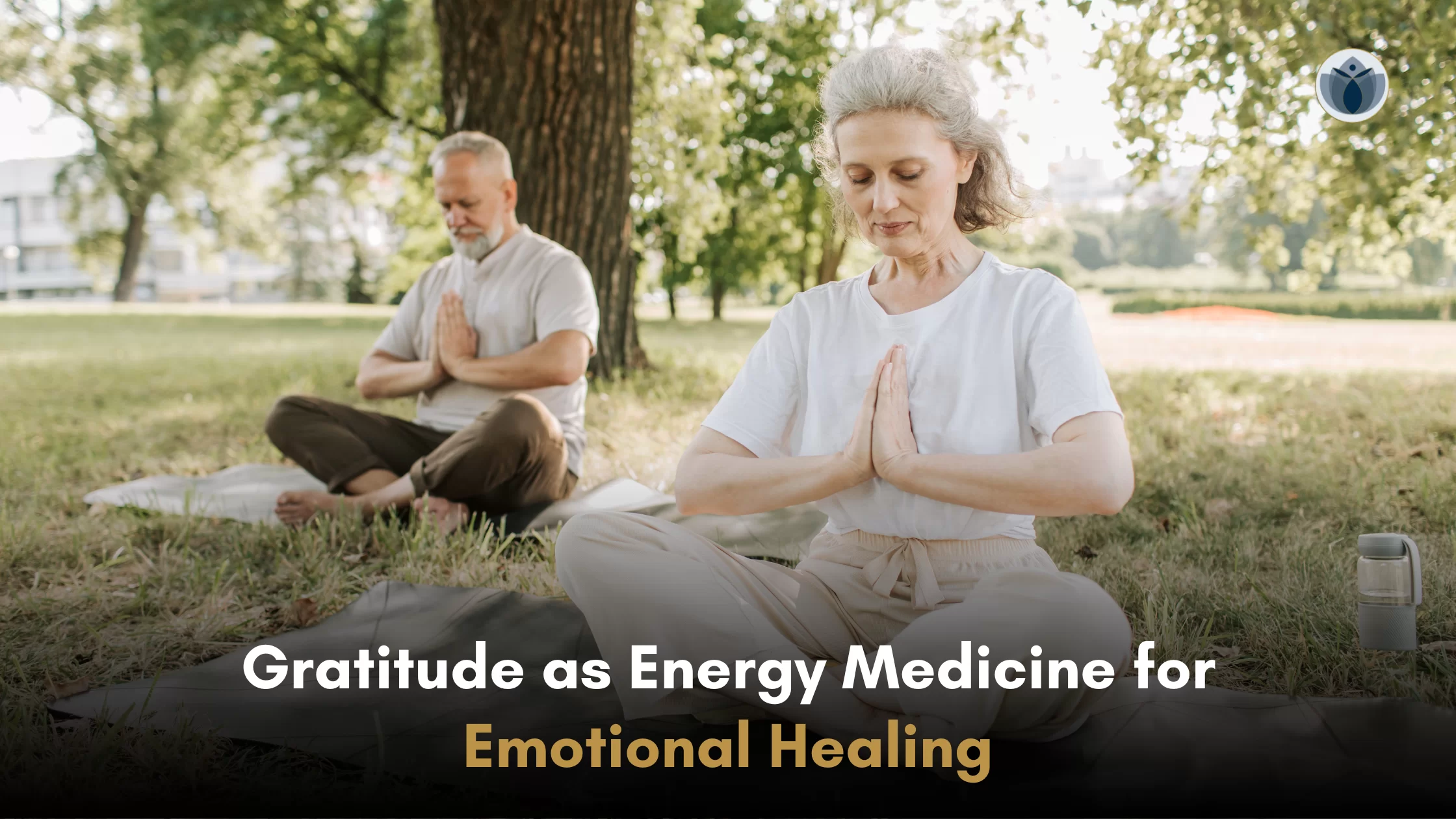It’s finally time to push your chair after a long workday,
As you stand up, the pain in your lower back reminds you of how long you’ve been sitting there.
You stretch, hoping for relief, but the pain lingers.
Many of us who work long hours sitting at a desk face lower back pain.
The problem often stems from a sedentary lifestyle—spending too much time sitting without moving. This leads to stiff muscles, poor posture, and general discomfort.
But don’t worry—there are effective ways for preventing and relieving low back pain. Let’s get into this blog to figure out how to take better care of your back!
What Causes Lower Back Pain?
When you sit for long periods, your muscles and spine can become stiff and weak. This is because sitting doesn’t use the muscles that support your back as much as standing or moving does.
Other causes include:
- Poor Posture: Slouching or hunching over can put extra stress on your lower back.
- Weak Core Muscles: A weak core means less support for your spine, which can contribute to pain.
- Muscle Imbalance: Imbalances between different muscle groups can lead to discomfort and pain.
- Lack of Movement: Prolonged inactivity can make your back muscles tight and prone to injury.
- Overuse or Strain: Engaging in physical activities without proper conditioning can strain your back.
How to Relieve Lower Back Pain?
1. Get Up and Move
One of the easiest ways to combat low back pain is to take regular breaks from sitting. Walk for a few minutes every hour. This simple change can help keep your muscles from getting stiff and reduce your risk of back pain.
Tips:
- Set a reminder to move.
- Use your breaks to walk around the office or your home.
2. Stretch Your Back
Gentle stretching exercises can help reduce pain in lower back and improve flexibility in your back. Here are a few stretches you can do:
Cat-Cow Stretch:
- Start on your hands and knees.
- Arch your back up (like a cat) and hold for a few seconds.
- Then, dip your back down, lift your head (like a cow), and hold.
- Repeat 5-10 times.
Child’s Pose:
- Get on your knees and sit back on your heels.
- Stretch your arms forward and gently lower your chest toward the floor.
- Hold the stretch for 20-30 seconds.
3. Strengthen Your Core
Strong core muscles are crucial for a healthy back. They support your spine and help lower back pain relief. Strengthen your core with easy exercises:
Plank:
- Lie face down on the floor and then lift your body onto your elbows and toes.
- Keep your body aligned in a straight line from your head to your heels.
- Hold the position for 20-30 seconds, gradually increasing the time as you get stronger.
Bridges:
- Lie on your back, bend your knees with your feet resting on the floor.
- Lift your hips towards the ceiling while tightening your glutes.
- Hold this position for a few seconds, then gently lower your hips back to the floor.
- Repeat 10-15 times.
4. Improve Your Posture
Good posture can reduce back pain and prevent it from getting worse. Here’s how to improve your posture:
When Sitting:
- Sit in your chair with your feet flat on the ground.
- Use a small cushion or lumbar support to keep your lower back supported.
- Keep your knees at or below hip level.
When Standing:
- Stand with your feet shoulder-width apart.
- Distribute your weight evenly between both feet.
- Keep your shoulders back and your chin level.
5. Stay Hydrated
Drinking enough water is important for maintaining the health of your spine and muscles. Dehydration can cause your muscles to cramp and lead to discomfort. Aim to drink at least 8 glasses of water a day, and more if you’re active.
6. Use a Comfortable Chair
If you spend a lot of time sitting, ensure your chair provides good support. Look for a chair that has good lumbar support and allows you to adjust the height so that your feet are flat on the floor. An ergonomic chair can significantly enhance your comfort.
7. Apply Heat or Cold
Applying heat or cold to your back can help alleviate lower back pain. Heat therapy relaxes tight muscles, while cold therapy reduces inflammation. Try using a heating pad or an ice pack on your back for 15-20 minutes at a time.
8. See a Professional
If your back pain persists despite trying these methods, it might be a good idea to consult a healthcare professional. A physical therapist provides personalized treatments to help ease lower back pain.
Consult Jacqueline Kane, a remarkable stop-the-pain specialist to heal the root cause of pain and get a Happy Low Back.
In Conclusion
Making active changes to your daily routine can transform your back health. Include regular movement, stretching, and core-strengthening exercises in your day.
If the pain doesn’t go away, think about seeing a professional, it can provide more help. Making these adjustments helps you better care of your back and live more comfortably. Start these habits today and see how they improve your overall well-being!







